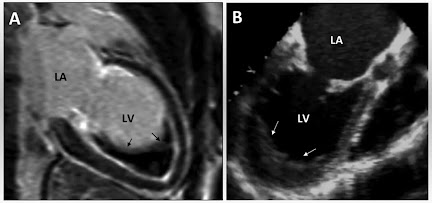Mumps / Parotitis
Definition : It is an acute highly infectious viral disease caused by a myxovirus characterised by one or both parotid gland swelling and sometime associated with constitutional symptoms like fever, headache, malaise etc.
AGENT FACTORS
Agent : Myxovirus Parotiditis ( it is a RNA virus of the myxovirus family). These virus has affinity with glandular and nervous tissue. These virus can affects parotid gland. testes, ovaries, pancreas and nervous system.
Source Of Infection : Case - clinical and subclinical ( 30-40% of all cases).
Infective Materials : Oropharyngeal secretions, Saliva, Blood, Milk and CSF.
Period Of Communicability : 4-5 days before onset of symptoms and till swelling subside.
HOST FACTORS
Age : It can affects in any age but usually age is 5-15 years (severe in adults).
Sex : Equal effects on both sexes.
Immunity : Life long immunity, after single attack.
Secondary Attack Rate : 86%
ENVIRONMENTAL FACTORS
Season : Throughout the year but more cases seen in winter and spring season.
Areas : Over crowding areas.
Mode Of Transmission : Direct droplet, direct contact and fomite borne.
Incubation Period : 2-4 weeks (usually 14-18 days).
CLINICAL FEATURES
AGENT FACTORS
Agent : Myxovirus Parotiditis ( it is a RNA virus of the myxovirus family). These virus has affinity with glandular and nervous tissue. These virus can affects parotid gland. testes, ovaries, pancreas and nervous system.
Source Of Infection : Case - clinical and subclinical ( 30-40% of all cases).
Infective Materials : Oropharyngeal secretions, Saliva, Blood, Milk and CSF.
Period Of Communicability : 4-5 days before onset of symptoms and till swelling subside.
HOST FACTORS
Age : It can affects in any age but usually age is 5-15 years (severe in adults).
Sex : Equal effects on both sexes.
Immunity : Life long immunity, after single attack.
Secondary Attack Rate : 86%
ENVIRONMENTAL FACTORS
Season : Throughout the year but more cases seen in winter and spring season.
Areas : Over crowding areas.
Mode Of Transmission : Direct droplet, direct contact and fomite borne.
Incubation Period : 2-4 weeks (usually 14-18 days).
CLINICAL FEATURES
- Pain and swelling in either or both the parotid glands but sometime may be involve sublingual and submandibular glands.
- Pain and stiffness at the opening of the mouth, before the swelling of the glands.
- Fever and headache (in severe cases ).
COMPLICATIONS
- Orchitis ( inflammation of testicles ).
- Ovaritis / oophoritis ( inflammation of an ovary).
- Pancreatitis (inflammation of the pancreas).
- Meningo-encephalitis ( inflammation of brain and surrounding tissue).
- Thyroiditis (inflammation of thyroid gland).
- Neuritis ( inflammation of a nerve or PNS).
- Hepatitis (inflammation of the liver).
- Myocarditis (inflammation of the middle layer of the heart wall).
PREVENTION & CONTROL
i. Vaccination :
- Live attenuated vaccine - single dose 0.5 ml / intramuscular.
- Combined vaccine (MMR - Measles, Mumps and Rubella) - given any age.
- Check immunoglobulins level ( IgM, IgG).
- Isolation of mumps virus from saliva, urine and cerebrospinal fluid.
iii. Symptomatic treatment or NSAIDs (acetaminophen or ibuprofen).
Related Posts -






No comments:
Post a Comment
Please do not enter any spam link in the comment box